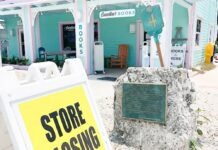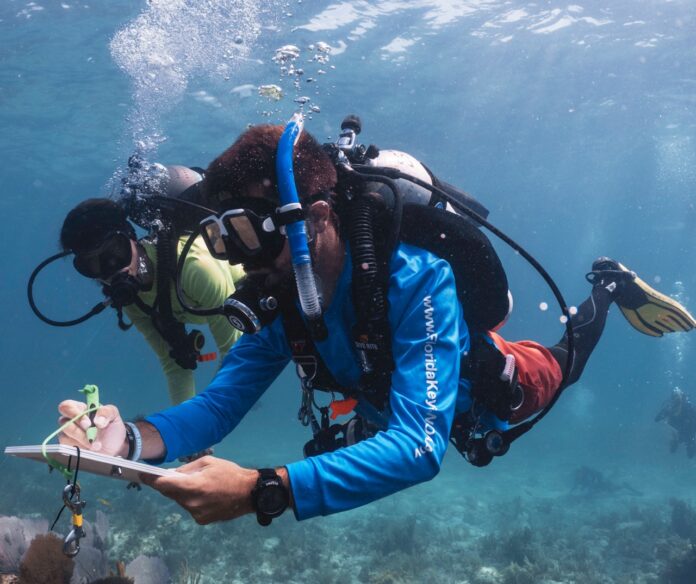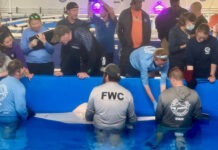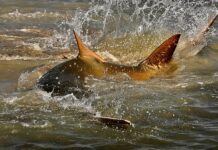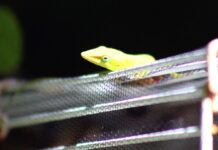As sea temperatures rise to record highs, Mission: Iconic Reefs (M:IR) coral restoration practitioners and NOAA resource managers are bracing for large-scale, coral bleaching events that devastate the coral reef and its ecosystem.
On Saturday, July 15, Florida Keys National Marine Sanctuary (FKNMS) invites citizen scientists to learn how to collect field observations and report on conditions at the reefs before, during and after bleaching events. The Florida Keys BleachWatch program training led by M:IR partner Mote Marine Lab’s coral reef assessment & monitoring senior biologist Cory Walter will take place at the Eco-Discovery Center at Truman Waterfront in Key West from 10 to 11:30 a.m.
Initiated by FKNMS in coordination with Mote Marine Lab in 2005, the community-based reporting program serves as an early warning network for bleaching events. BleachWatch volunteers help scientists understand where bleaching is occurring, what coral species are more vulnerable, how long and severe the event is, and ultimately, what the recovery and resilience potential is.
BleachWatch field observation data is integrated with existing NOAA satellite analysis to provide a comprehensive overview of current conditions throughout the Florida Keys National Marine Sanctuary – 3,800 square miles of coastal and ocean waters and since 2019, home to M:IR, one of the world’s largest coral restoration initiatives.
“Although remote sensing and in-situ data collection can provide an indication of when conditions are ideal for onset of coral bleaching, the actual onset of bleaching can be a gradual process, and effects can vary over an area as large as FKNMS,” said Walter. “In order to accurately assess the initial effects of bleaching events and to assess coral condition during and after bleaching events, a large network of trained observers are needed to provide regular reports of actual coral conditions on the reefs – our “eyes on the water.”
Florida’s corals require temperatures in the 64- to 86-degree range; sudden changes can cause them to expel the nutrient-producing zooxanthellae they host. NOAA’s Coral Reef Watch’s summer outlook predicts an Alert Level 2 for a bleaching event which means mortality is likely, Walter said.
Observers can also play a crucial role in identifying corals that aren’t bleaching, especially in areas with corals that are. This can provide restoration practitioners with potential founder stock for heat-resilient genotype sourcing. For those interested but unable to attend, visit www.mote.org/bleachwatch for online training. Future workshops will take place at Mote and the Upper Keys. More information is available from Walter at 305-395-8730 or cwalter@mote.org, or at www.mote.org/bleach.








